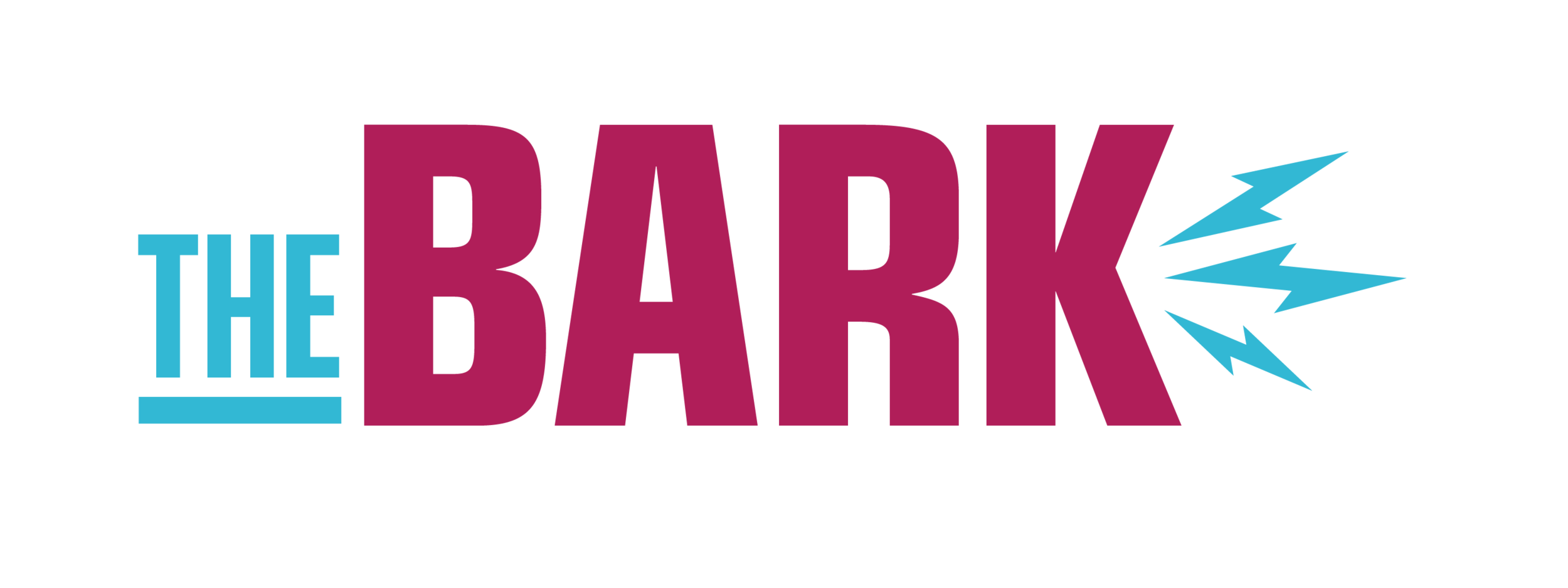Meet The Blue Heron, A Superior Research Vessel
General Ecology students pose on the Blue Heron after a lab Photo by. Elise Lockner
An old oceanic fishing boat is making contributions to marine research from the backyard of Duluth.
The Blue Heron began its life in 1985 as a fishing trawler on the Atlantic Ocean. Bought by the University of Minnesota in 1997, it was then converted into a research vessel and found its home on Lake Superior with the Large Lakes Observatory.
Since then, the vessel has lent its large water capabilities to marine research as the largest university-owned research vessel on the Great Lakes.
Some evidence of its time as a fishing boat is still visible in the insulated walls of the dry lab below deck. In what used to be a hold for fishermen to toss their catches, scientists can now use it for whatever their projects need.
Jason Agnich, Marine Technician of the Blue Heron, explains to students how the CTD works Photo by. Elise Lockner
Missions Possible
The vessel sets sail 60-100 days a year; each time for a specific mission.
“Every mission is. . . it can be everything,” said Rual Lee, Captain of the Blue Heron.
Missions can cover a variety of scientific disciplines, including but not limited to; chemistry, geophysics and biology.
Government agencies benefit from the Blue Heron as well. The Defense Advanced Research Projects Agency (DARPA) has recently been using the Blue Heron to map a potential deployment site for neutrino detectors. Neutrinos – also known as “ghost particles” – are nearly undetectable and have almost no mass. Studying these particles and their properties helps scientists to get a better understanding of the universe.
The Blue Heron regularly retrieves data from buoys on Lake Superior, which can then be sent to the National Weather Service for use in their marine forecasts. Fishing for the Minnesota Department of Natural Resources’ stock assessments is another regular mission of the vessel.
“We’re doing world-class science on the Great Lakes,” said Jason Agnich, Marine Technician of the Blue Heron.
Captain Rual Lee giving a safety lesson and orientation to students before setting sail Photo by. Elise Lockner
Students on Superior
This time, the science being done will give ecology students at UMD hands-on experience in marine research, perhaps preparing them for world-class science of their own.
On Tuesday, September 30, the Blue Heron set out from Montreal Pier in Superior, Wisconsin, to help students get up close and personal with zooplankton.
“Knowing what goes on and how the ecosystem works is educational and beneficial for me,” said Willow Newman, an Ecology major at UMD.
Microscopes set up inside the Blue Heron for students to use on their water samples Photo by. Elise Lockner
Aboard the Blue Heron, students get first-hand experience with the ins and outs of marine sampling and research; how it’s done and what tools are used.
The CTD – Connectivity, Temperature, and Depth – is one of the larger instruments on deck. Data and water samples collected from the CTD are key to getting a more complete picture of the characteristics of a body of water at different depths.
Secchi disks are a simpler tool for measuring the transparency of the water. A single disk is lowered into the water by way of a rope until it cannot be seen.
“Being able to use a secchi disk for the first time was just a needed experience for my degree,” added Addie Byrd, a Biology major at UMD.
“With this kind of an experience, you get to see how research is done on a grander scale,” explained Agnich.
The Blue Heron at Montreal Pier, Wisconsin Photo by. Elise Lockner





